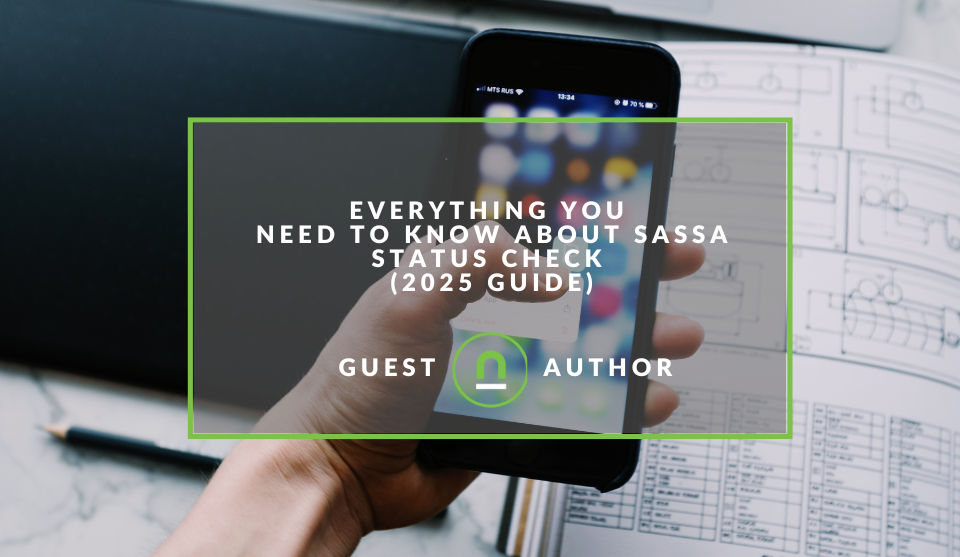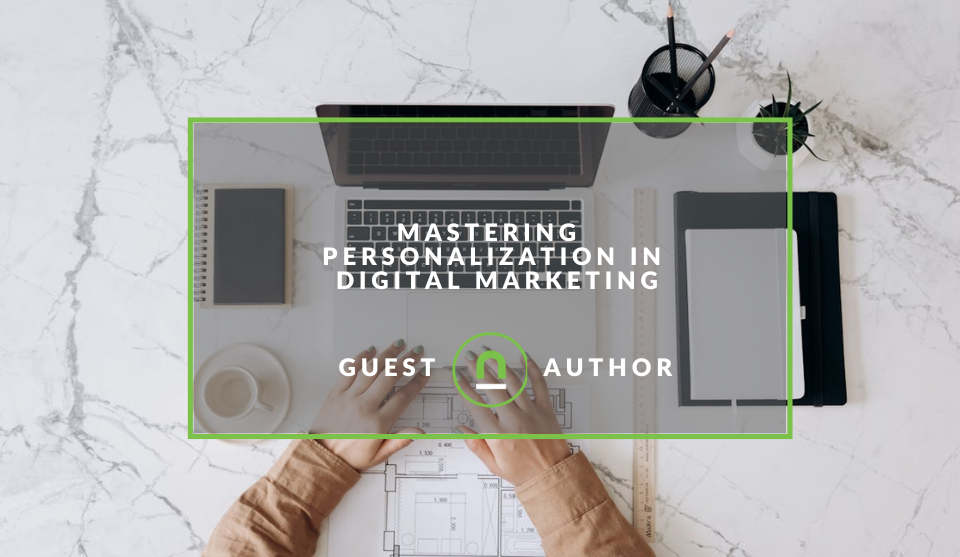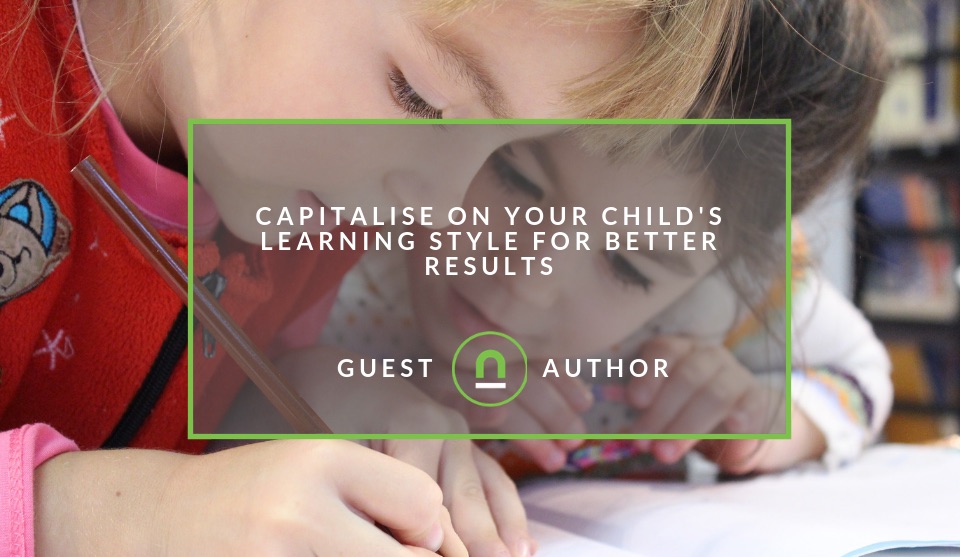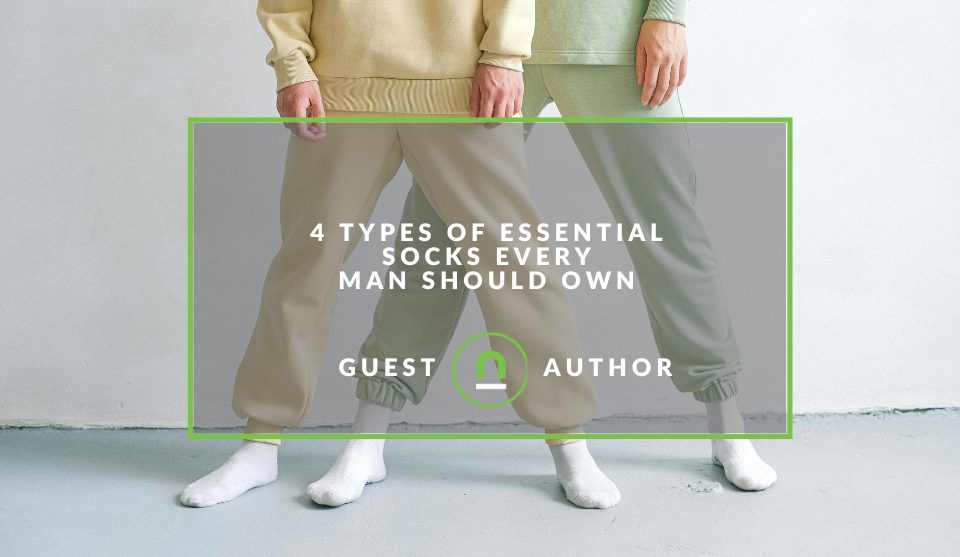Recent posts

Money Talks
Everything You Need to Know About SASSA Status Check
13 April 2025

Mind, Body & Soul
The Genetic Diversity of Cannabis Seeds
12 April 2025

Money Talks
How Small Businesses Can Leverage Blockchain Technology
02 April 2025

Industry Experts
Mastering Personalization in Digital Marketing
31 March 2025
Popular posts
Extravaganza
Trending Music Hashtags To Get Your Posts Noticed
24 August 2018
Geek Chic
How To Fix iPhone/iPad Only Charging In Certain Positions
05 July 2020
Extravaganza
Trending Wedding Hashtags To Get Your Posts Noticed
18 September 2018
Money Talks
How To Find Coupons & Vouchers Online In South Africa
28 March 2019
Capitalise on your childs learning style for better results
28 August 2019 | 0 comments | Posted by Kennith Fletcher in Academia
Every child can learn, but in his way and at his own time. That can be frustrating for parents and educators alike, but the key is to capitalise on his learning style.
All children have potential, and when the teachers discover how a kid responds best to individual styles, the chances are much more significant for learning success.
If you feel your child or child in your care is not learning, the first rule out physical or learning disabilities. All kids should have their vision, hearing, and overall physical condition checked regularly to rule out any problems in those areas.
Once you are sure a child's overall abilities are within the norm for learning, the next step is to discover how the youngster learns. Workers from essay writing service say that knowing what works best for our child can help knowledge to come alive, and you may be amazed and how he responds through real comprehension!
Basic learning styles
Kids tend to fall into one of three main learning aptitude styles which can see them have a bias to a certain type of sensory stimulation. By identifying which senses your child has a preference for, you can then tailor a learning experience that suits them.
The three types of learning styles include auditory, kinesthetic and visual learner.
1. Auditory learner
An auditory learner is most successful when the material is explained verbally. Rather than reading from a book, an auditory learner may do better than listening to the book on tape.
An auditory learner may excel with teacher lectures, explanations and group discussions, and "gets" the material best through dynamic and interactive oral presentations, and through question and answer periods.
Music is a great learning tool for auditory learners. Memorising facts through sing-song is another useful tool.
2. Kinesthetic learner
A kinesthetic learner needs to touch, hold and manipulate objects to learn.
Using math manipulatives to count, actual coins to touch and sort when learning the value of money, and rocks to see and understand geology are ways a kinesthetic learner can best grasp the material.
Tools to learn by include science labs, clay or putty to turn into objects, and items that can be manipulated for counting.
The kinesthetic learner benefits from touching items when writing papers (such as writing about what he is feeling and manipulating) or reading (holding plastic bugs when learning about various insects).
If your child is a kinesthetic learner, work closely with your child's teacher to see what tools can be utilised or how you can help with materials to make the content being taught be more meaningful for your child.
3. Visual learner
A visual learner responds well to worksheets, textbooks, audio/visual content, films, presentations, things explained on a whiteboard, and graphs.
Charting things helps a visual learner clearly understand the "black and white" of an answer. Visual learners can benefit from a journal, a lobe, a calculator, or a microscope.
Make education a relatable experience
Since kids truly learn in different ways, keeping a handle on what works best for a child and how to accommodate learning preferences is the best action you can take on behalf of a child's academic success.
Parents should be prepared to meet with their child's teacher on an ongoing basis throughout the school year to discover and reinforce tools for learning success.
Teachers/caregivers are usually quite eager to alter the way they deliver new material so that all kids grasp the concept and gain new knowledge.
In the end, it's not the path picked for learning success; instead, it's what is gained at the end of the road.
Tell us your story
Would you like to write for nichemarket just like Kennith has? Find out how to submit a guest post and when you're ready, you can contact us.
Are you looking to promote your business?
South African education businesses can create your free business listing on nichemarket. The more information you provide about your business, the easier it will be for your customers to find you online.
Registering with nichemarket is easy; all you will need to do is head over to our sign up form and follow the instructions. If you require a more detailed guide on how to create your profile or your listing, then we highly recommend you check out the following articles.
Recommended reading
If you enjoyed this post and have time to spare why not check out these related posts and dive deeper down the rabbit hole that is education
- What Is The International Day of Education?
- Video Conferencing Can Bring Education To Rural Areas
- Why Should Every Classroom Teach Digital Citizenship?
Tags: Education, Guest post
You might also like
4 Types of Essential Socks Every Man Should Own
25 March 2025
Posted by Candice Reed in Fashionista
Upgrade your sock drawer! Discover the four essential sock types every man needs for style & comfort. From dress to athletic, we've got your needs co...
Read moreEverything You Need to Know About SASSA Status Check
13 April 2025
Posted by Azhar Khanzada in Money Talks
A guide for 2025 for anyone looking to apply for a SASSA grant or would like to keep up to date with the status of your grant from application to red...
Read more{{comment.sUserName}}
{{comment.iDayLastEdit}} day ago
{{comment.iDayLastEdit}} days ago
 {{blogcategory.sCategoryName}}
{{blogcategory.sCategoryName}}

